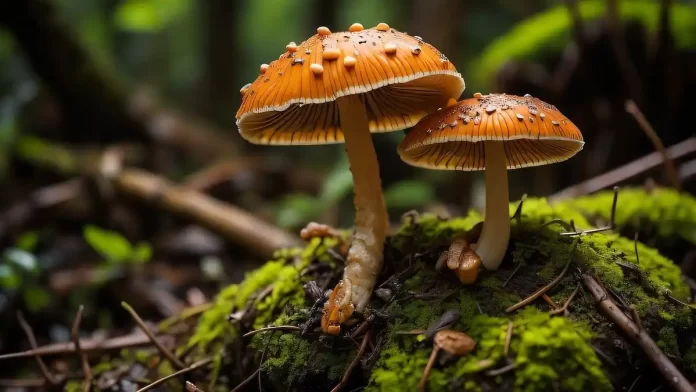In a world grappling with increasing pollution and environmental degradation, bioremediation emerges as a beacon of hope.
This innovative and eco-friendly technique utilizes the remarkable abilities of living organisms to naturally break down and detoxify hazardous pollutants.
From oil spills to contaminated water bodies and industrial waste, bioremediation has proven to be a promising solution for cleaning up the mess humans have left behind.
This article explores the fascinating world of bioremediation, shedding light on its techniques, benefits, and real-world applications.
What is Bioremediation?
Bioremediation is a biological approach that employs microorganisms such as bacteria, fungi, and plants to degrade or remove pollutants from the environment.
These tiny superheroes possess the innate ability to metabolize and transform toxic substances into harmless byproducts.
Through a series of natural processes, bioremediation effectively converts hazardous pollutants into non-toxic elements, thus restoring the ecosystem’s health.
How Bioremediation Works
There are two primary types of bioremediation techniques: In-situ and Ex-situ.
In-situ Bioremediation
In this technique, bioremediation occurs directly at the contaminated site without requiring excavation or removal of polluted material.
Microorganisms are introduced into the contaminated soil or water, creating an environment conducive to their growth and activity.
These organisms then break down the pollutants, converting them into less harmful compounds. In-situ bioremediation is particularly effective for treating groundwater contamination and soil pollution.
Ex-situ Bioremediation
Ex-situ bioremediation involves the removal of polluted material from the contaminated site to a controlled environment.
Here, the microorganisms are introduced, and conditions are carefully regulated to enhance their activity. This method is often used for treating heavily contaminated soil, sludge, or industrial waste.
It offers more control over the bioremediation process but may incur higher costs due to material transportation and management.
Bioremediation Dream Team
Several groups of microorganisms work in harmony to accomplish the task of bioremediation:
Bacteria: These tiny single-celled organisms are the most commonly employed bioremediation agents. They excel at breaking down various organic pollutants, including hydrocarbons and toxic chemicals.
Fungi: Fungi, such as white-rot fungi, are nature’s expert decomposers. They specialize in breaking down complex pollutants like polycyclic aromatic hydrocarbons (PAHs) and certain industrial chemicals.
Plants: Phytoremediation is a sub-category of bioremediation that involves using plants to absorb, stabilize, and accumulate pollutants. Plants like sunflowers, willows, and poplars have been successful in cleaning up contaminated soil and water.
Real-World Applications
Bioremediation has demonstrated its effectiveness in various environmental cleanup projects worldwide:
Exxon Valdez Oil Spill: After the infamous oil spill in Alaska’s Prince William Sound in 1989, bioremediation was used to break down the oil and facilitate the ecosystem’s recovery.
Deepwater Horizon Oil Spill: Following the massive oil spill in the Gulf of Mexico in 2010, bioremediation techniques were employed to assist in the cleanup efforts.
Municipal Wastewater Treatment: Bioremediation plays a vital role in treating sewage and industrial wastewater, reducing the levels of pollutants before discharge into water bodies.
Brownfield Site Remediation: Bioremediation has been applied to rejuvenate contaminated land, transforming derelict industrial sites into usable spaces.
Advantages of Bioremediation
The growing popularity of bioremediation can be attributed to its numerous advantages:
Environmentally Friendly: Bioremediation is a sustainable, eco-friendly solution that avoids further damage to the environment.
Cost-Effective: In many cases, bioremediation is more cost-effective than traditional cleanup methods, such as excavation and incineration.
Minimizes Disruption: In-situ bioremediation allows for cleanup without extensive site disruption.
Versatility: Bioremediation can be tailored to address specific pollutants and environmental conditions.
Conclusion
Bioremediation is a testament to the wonders of nature’s resilience and adaptability. By harnessing the power of microorganisms and plants, we can remediate contaminated environments and restore the balance of ecosystems.
As we continue to face environmental challenges in the 21st century, bioremediation stands as a beacon of hope, offering a sustainable and effective approach to healing the wounds inflicted on our planet.
With ongoing research and advancements, the potential of bioremediation to tackle pollution and safeguard our environment is limitless.
As we embrace this remarkable technique, we move closer to a cleaner, healthier, and more sustainable future.
